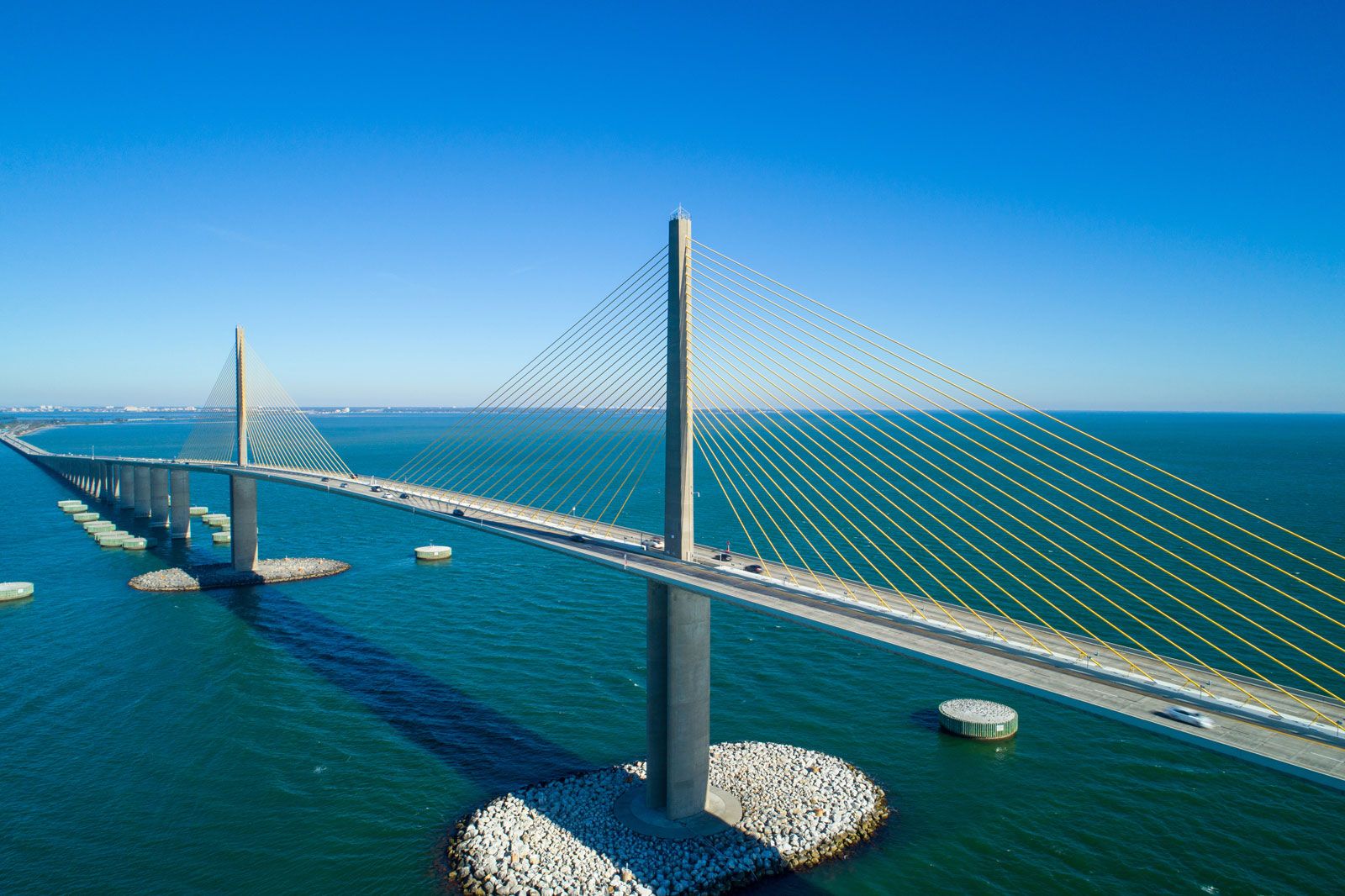west point
Engineer
Whatever type bridge is built, it is most likely that the support piers will be way outside the navigation channel. That allowing no chance of a ship hitting them. That brings up the question , Were the piers when the bridge was built outside the then navigation channel?
Agree that a pair of bridges is a much safer solution.
Agree that a pair of bridges is a much safer solution.




